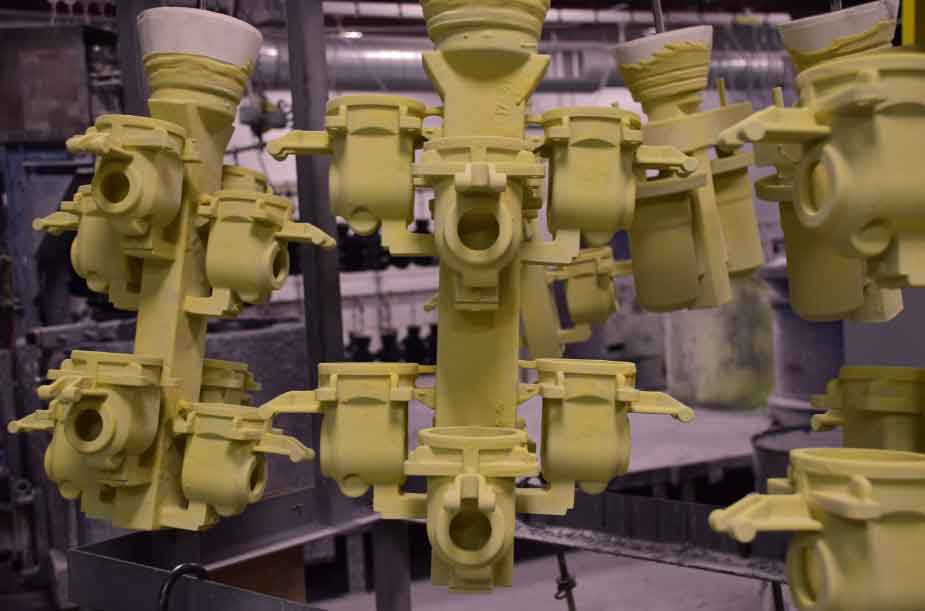Precision engineering plays a crucial role in the investment casting process, ensuring that the final parts meet the desired specifications and requirements. Here is an overview of the precision engineering involved in investment casting, from concept to creation:

- Design and Engineering: The precision engineering process begins with the design and engineering phase. Engineers work closely with designers and customers to develop the concept and translate it into a 3D model using computer-aided design (CAD) software. This stage involves considering the functional requirements, part geometry, material selection, and manufacturing feasibility. Precision in design is essential to ensure that the final part meets the required tolerances and functional characteristics.
- Pattern Production: In investment casting, precision engineering is crucial in the production of wax patterns. The 3D model is used to create the master pattern, which serves as the basis for replicating the final part. Advanced techniques such as 3D printing or CNC machining are employed to achieve high accuracy and dimensional stability in the pattern production process. The precision of the pattern directly influences the accuracy and quality of the final casting.
- Tooling and Molds: Precision engineering is applied in the fabrication of tooling and molds for investment casting. Tooling is used to create the ceramic shell mold that surrounds the wax pattern. It requires precise machining or manufacturing processes to ensure the correct shape, dimensions, and surface finish. The ceramic shell mold is also fabricated with precision to achieve consistent and reliable results.
- Gating and Venting Systems: The design and implementation of gating and venting systems are critical for achieving precision in the investment casting process. Gating systems control the flow of molten metal into the mold cavity, while venting systems allow for the escape of gases during the casting process. Precisely designed and positioned gates and vents ensure even filling of the mold and minimize the risk of defects such as shrinkage or porosity.
- Process Monitoring and Control: Precision engineering extends to process monitoring and control during the casting process. Real-time monitoring of key parameters, such as temperature, pressure, and solidification behavior, allows for precise control over the casting process. Advanced sensors and control systems help maintain the optimal conditions for producing high-quality castings with accurate dimensions and minimal defects.
- Finishing Operations: Precision engineering is also involved in post-casting finishing operations. After the casting is removed from the mold, precision machining, grinding, and polishing may be required to achieve the final dimensions, surface finish, and functional features. These operations require precision equipment, skilled operators, and careful attention to detail to ensure the desired precision and quality of the finished part.
- Quality Control and Inspection: Precision engineering is essential in quality control and inspection processes to ensure that the final castings meet the specified tolerances and quality standards. Non-destructive testing (NDT) techniques, such as X-ray inspection, ultrasound testing, or visual inspection, are used to detect any internal or surface defects. Dimensional inspection using precision measurement tools and techniques verifies the part’s accuracy and adherence to the required specifications.
By incorporating precision engineering throughout the investment casting process, manufacturers can produce parts with high dimensional accuracy, excellent surface finish, and tight tolerances. This level of precision is critical for applications that require precise fit, functionality, and reliability, such as aerospace, automotive, and medical industries. With the continuous advancement of engineering techniques and technologies, precision engineering in investment casting continues to evolve, enabling the production of increasingly complex and high-performance components.
